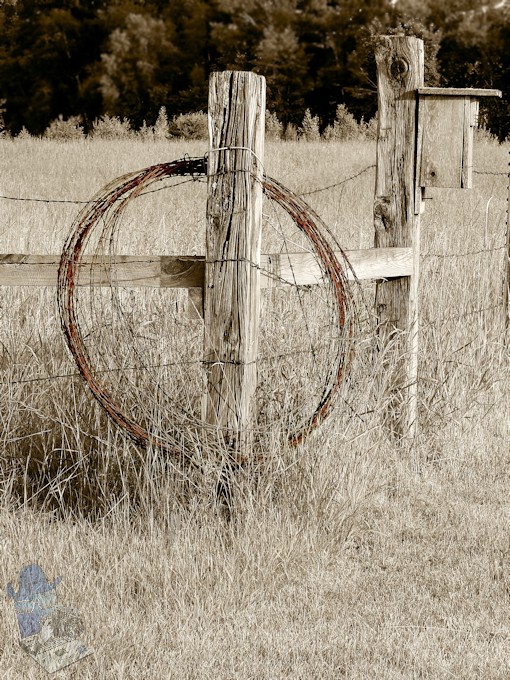The need for barbed wire arose in the 19th century as the American frontier moved westward into the Great Plains and traditional fence materials—wooden rails and stone—became scarce and expensive. Of the many early types of barbed wire, the type invented in Illinois in 1873 by Joseph F. Glidden proved most popular.
Glidden fashioned barbs on an improvised coffee bean grinder, placed them at intervals along a smooth wire, and twisted another wire around the first to hold the barbs in a fixed position. His U.S. patent was issued November 24, 1874 and the patent survived court challenges from other inventors. Joseph Glidden prevailed in litigation and in sales. Today, it remains the most familiar style of barbed wire.
Joseph Glidden’s wire fences were cheaper to erect than their alternatives and when they became widely available in the late 19th century in the United States they made it affordable to fence much bigger areas than before. Joseph Farwell Glidden’s simple invention, barbed wire, changed forever the development of the American West.
Barbed Wire


